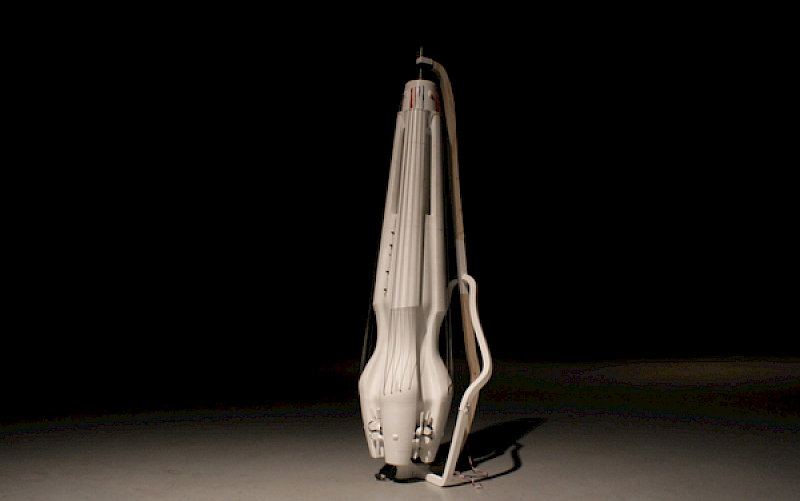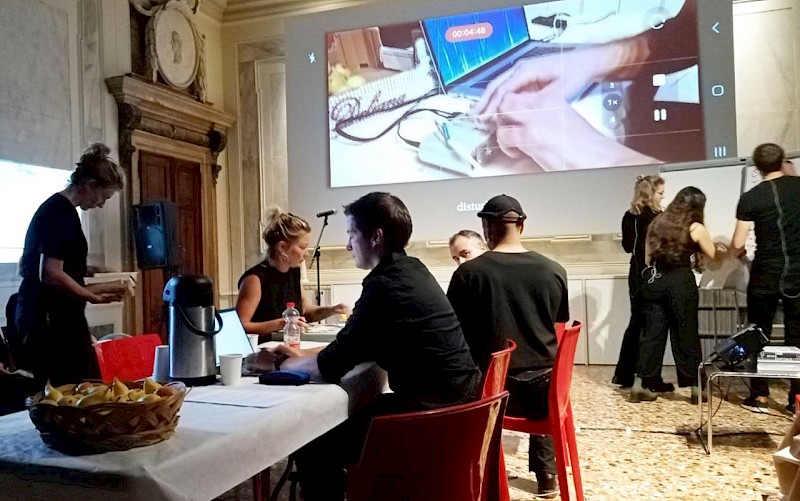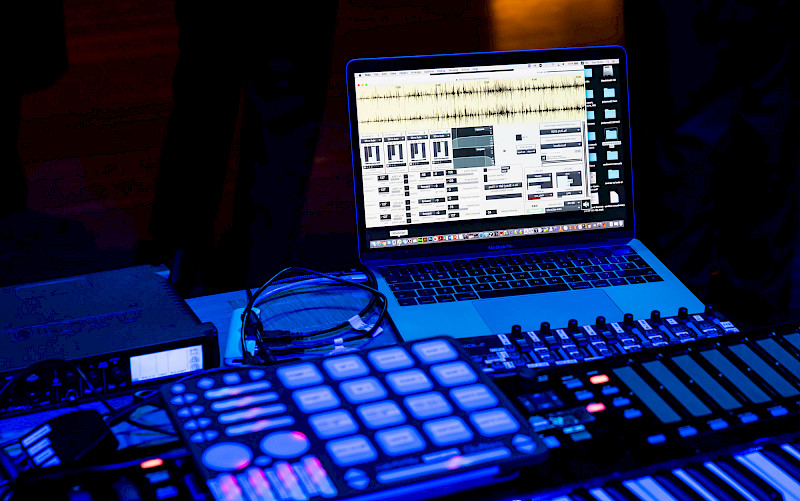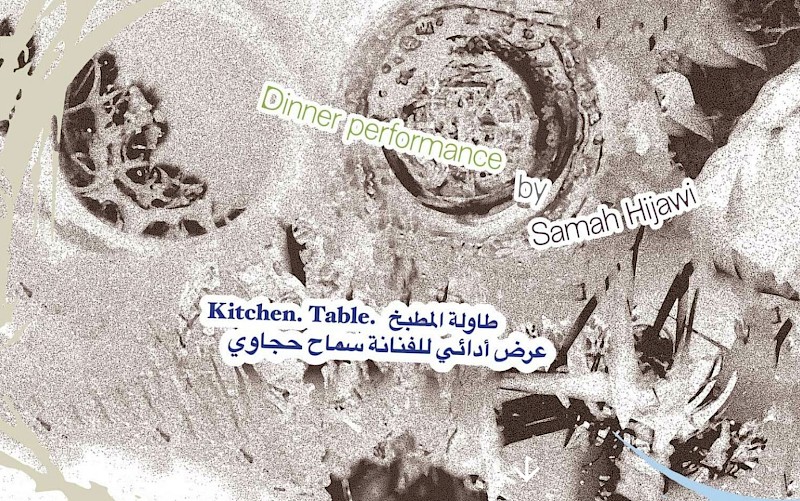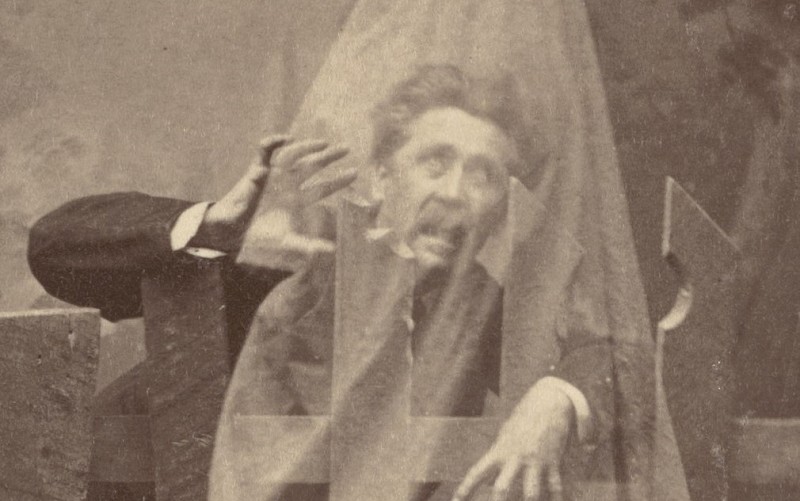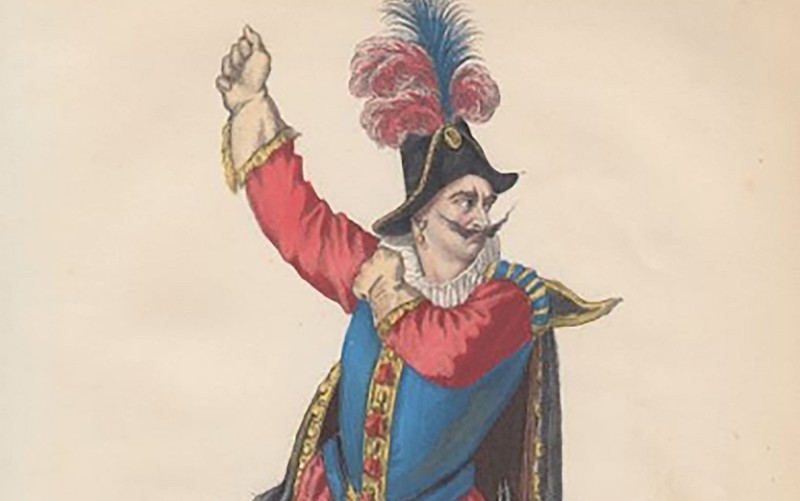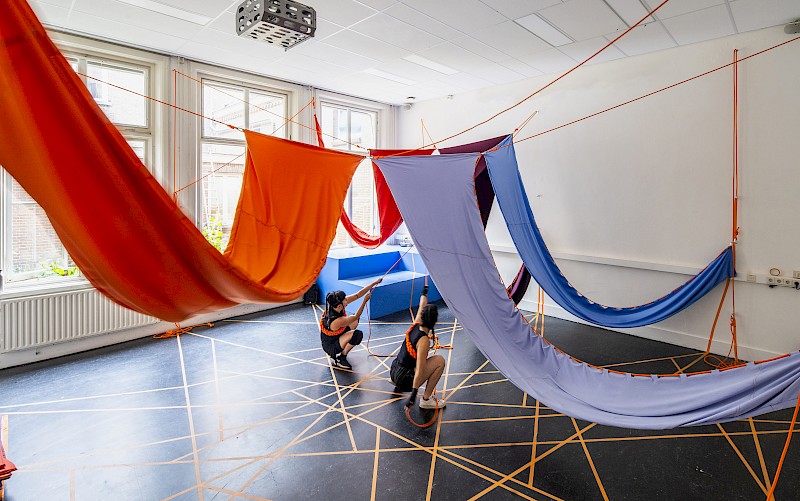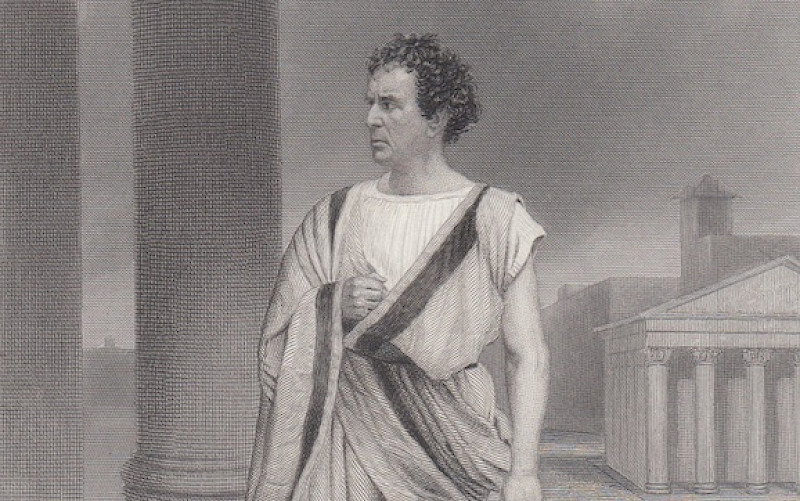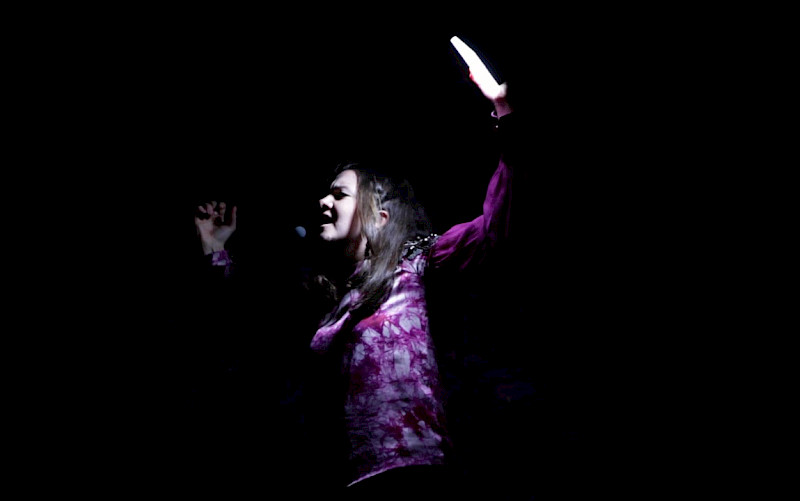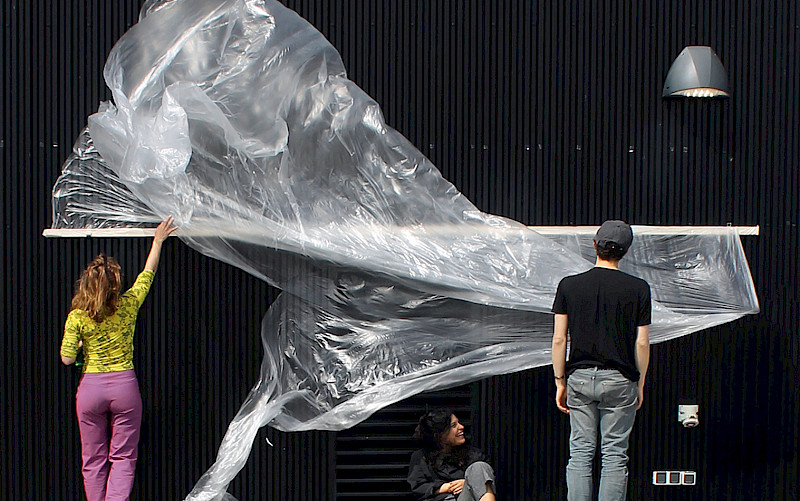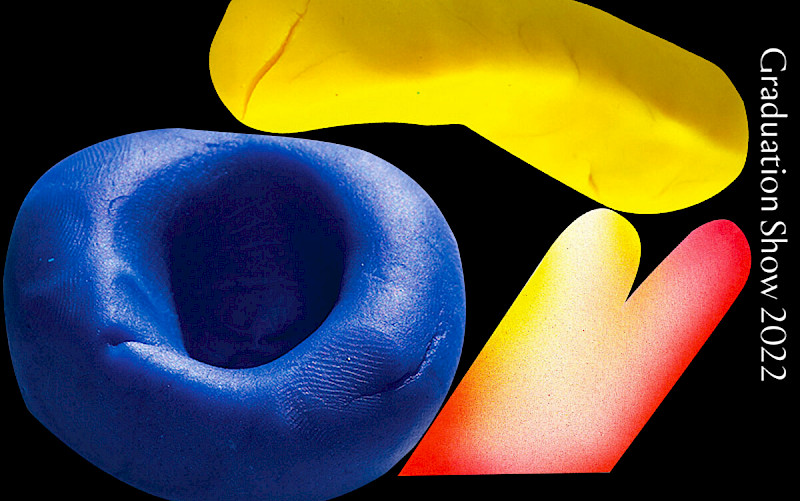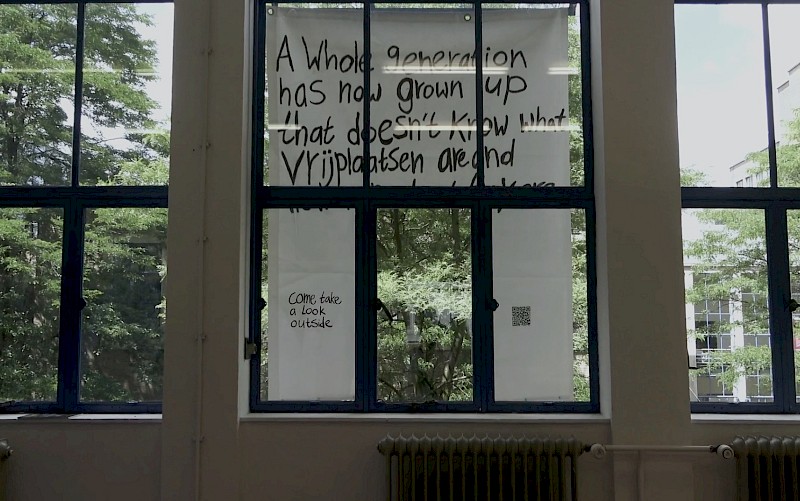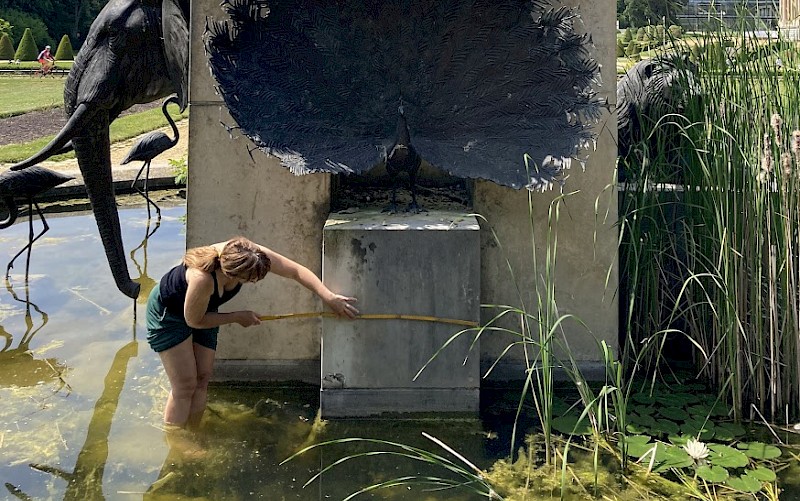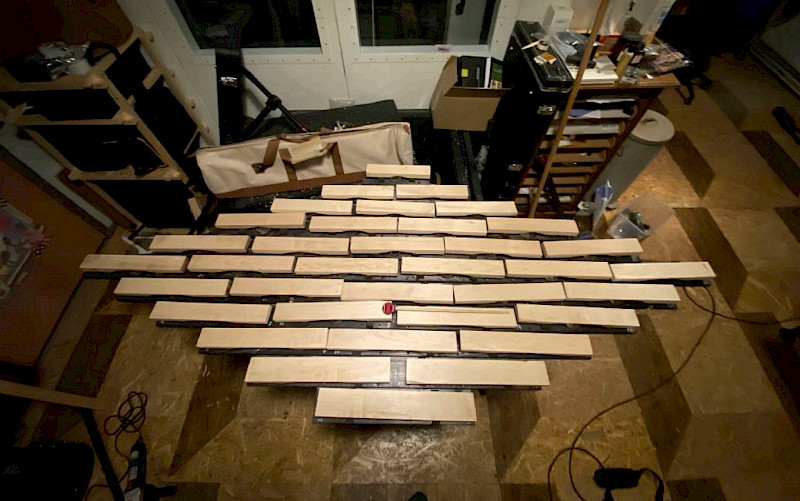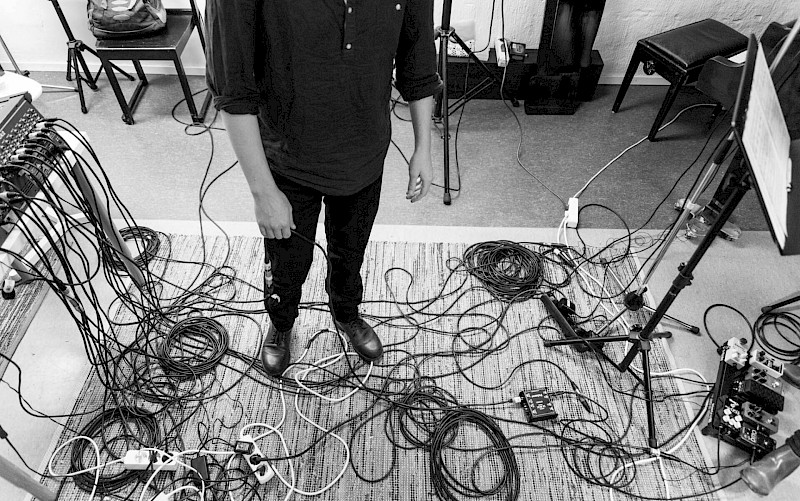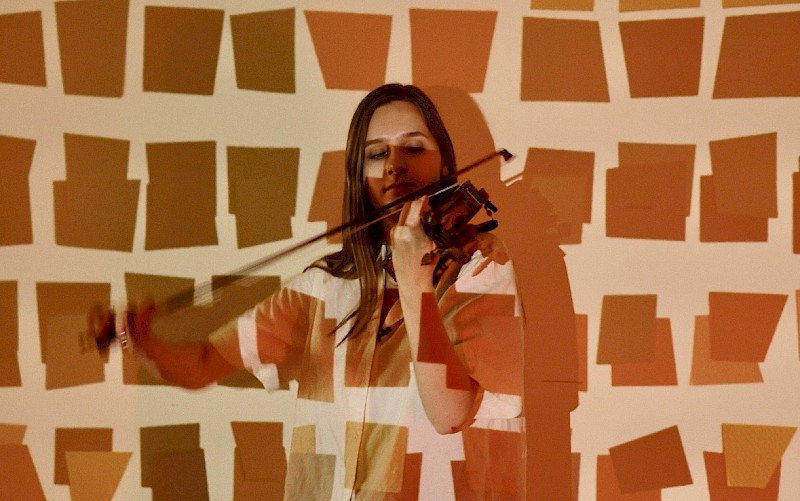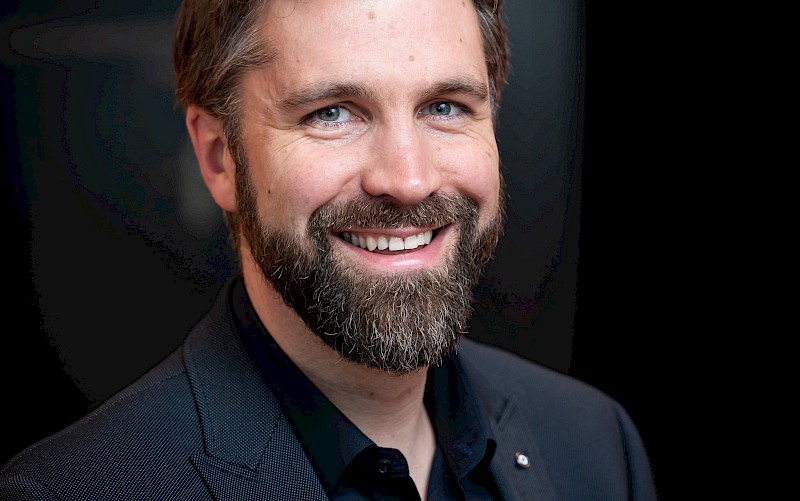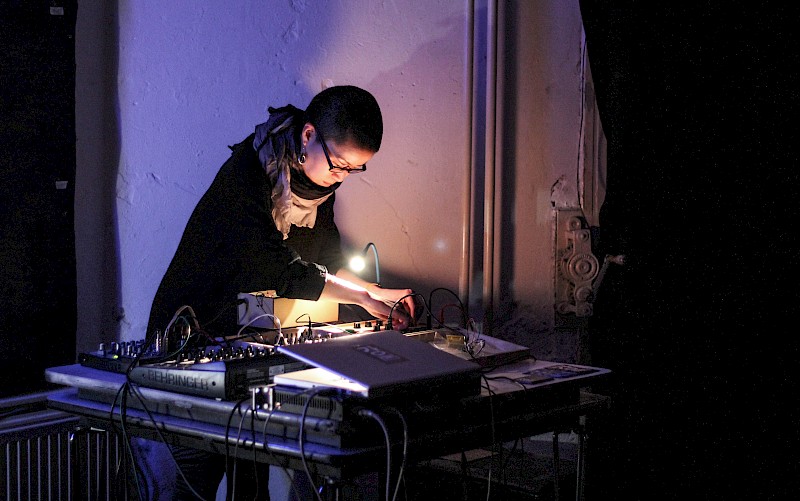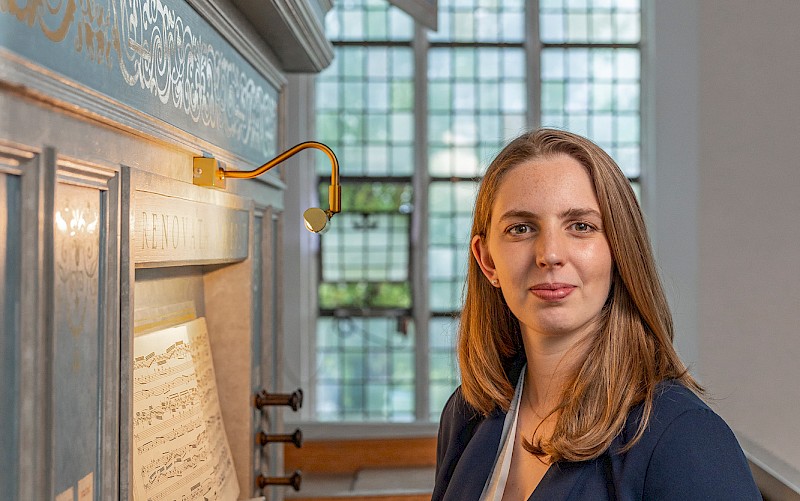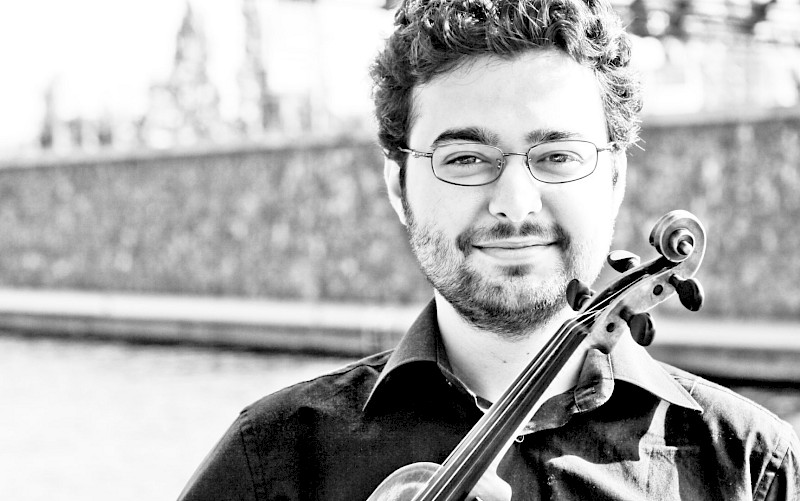Performing modern music
Name: Pieter van Loenen Main Subject: Violin Research supervisor: Stefan Petrovic Title of Research: Performing modern music Research Question: How should you go about performing modern music? Summary of results: In this paper, I have approached the fundamental question of how to go about performing modern music from different perspectives. Looking at the writings of Stravinsky and Schoenberg teaches us that there are different ideas about the role a performer should have. Stravinsky would ideally have a performer execute music and not ‘interpret’ it, while Schoenberg expects more expressive input from the performer. However, we have also seen that Stravinsky’s allergy against ‘interpretation’ probably stems from bad experiences with performers interpreting his music the wrong way. Present-day performers agree that his music – or any music, for that matter: the same principles apply to music of all ages – does need to be interpreted by the performer, but in the correct style. Interpretation of a score is not an exact science. However, that does not mean it cannot go wrong. The prime directive of interpretation is that it should not go against the literal text of the score. Since notation is almost never complete, other methods of interpretation can be used to fill in the gaps. When textual interpretation does not provide enough information, the performer can resort to contextual interpretation: the context of the piece (e.g. sung text, or a structural analysis) or the context of the composer’s work in general, i.e. his style, or language. Other methods that can be used in connection with these basic types of interpretation include speaking with the composer or listening to recordings of the composer or with the composer’s approval. This last method can be problematic, since more information is always required on the value a particular recording should have: is this exactly what the composer intended or is it just acceptable to the composer within the boundaries they set? All performers I spoke with agreed that the final step a performer should take is to make the music their own. This may seem in contradiction with the principle that a performer should always aim to reproduce the composer’s wishes; a principle that we perhaps inherited from Stravinsky. However, it makes sense when you think about it. When performing a piece, you automatically interpret the score using whatever methods are appropriate when you decide for yourself what the composer must have had in mind when he wrote it down. When you have uncovered this interpretation, and have learned the language of the composer, you must then speak this language to convey the composer’s story (as you interpret it) to the audience. That last line of communication is something entirely in the hands of the performer and that automatically “implicates the performer’s personality”, as Reinbert de Leeuw puts it. This is not problematic or contradictory, as long as the performer, when speaking the language, always remains faithful to the will of the composer. Biography: Pieter van Loenen is a Dutch violinist who graduated his bachelor’s cum laude at the Royal Conservatoire in The Hague as a student of Vera Beths. He won 1st prize at the Prinses Christina Competition in 2010 and was awarded 2nd prize and the Audience prize at the Dutch National Violin Competition in 2016. He has appeared as a soloist with several orchestras throughout the Netherlands, including the Rotterdam Philharmonic Orchestra, Domestica Rotterdam and the Youth Orchestra of the Netherlands. He has a special affinity with performing contemporary music.



